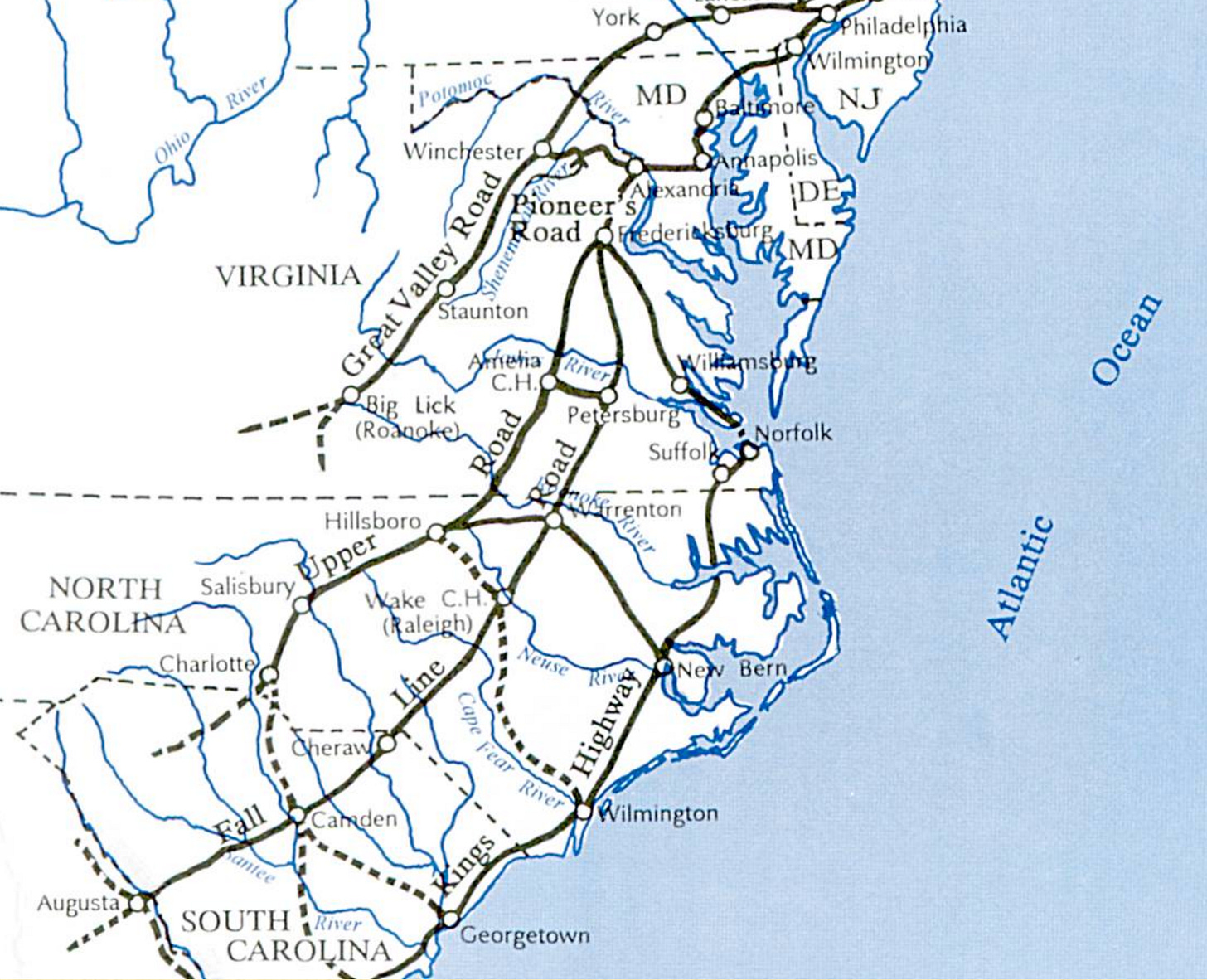Vintage Maps of America
A visual journey through our nation's history
By Elizabeth Poland Shugg
Vintage maps command respect. They invite us to consider stories from history that lie between their borders. And, they issue a humble calling:
“Imagine this land before your predecessors discovered it. Appreciate and care for what remains.”
Those of us who live in what was once Colonial America serve as caretakers of sacred land. Every year on July Fourth, we celebrate its transformation from British provinces into an independent nation.
America’s earliest roads—many of which now operate as interstates, but some that wind pristinely through generational farmland and small town centers—beckon us to explore them. Vintage maps help us find their treasures.
As we prepare to celebrate America’s 250th birthday, let’s explore some early maps that visually tell the story of how our country evolved into one of the world’s greatest nations.
We also recommend checking out the maps available at VintageImageryX, a Carmel, Indiana-based company that recreates maps of states during the early 1800s, as well as maps of the Old World dating as far back as 1550. When possible, legends show capitals, towns, canals, railroads, and other landmarks. They make a perfect addition to a home office or library. Notably, our Summer 2024 Provisions page displays an 1848 map of the Southeast created by VintageImageryX.
The Great Wagon Road
There’s one road that outranks most of our nation’s earliest thoroughfares and is considered the granddaddy of them all. Tom Poland’s feature in our Summer 2024 issue shares how the Great Wagon Road—also known as the Great Philadelphia Road—helped settle the South.
His story also includes a map (shown above) that charts the Great Wagon Road’s various extensions southwest from Virginia into North Carolina, South Carolina, and Georgia. These passages—referred to as the Great Valley Road, the Upper Road, the Fall Line Road, and the King’s Highway—appear on what is believed to be a recreation of a 1700s map originally drawn by the Colony of Virginia’s most accomplished surveyors—Joshua Fry and Peter Jefferson (Thomas Jefferson’s father).





